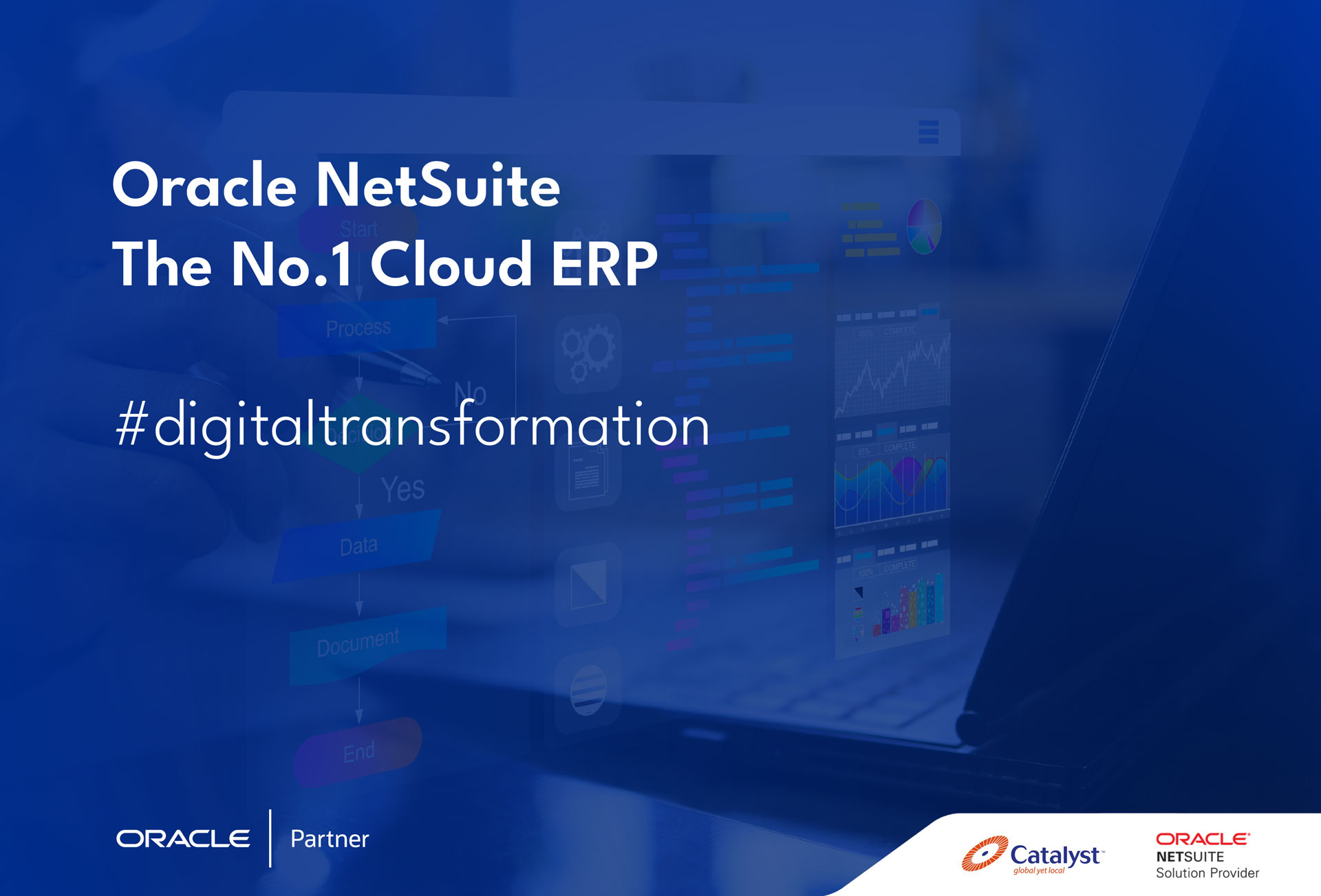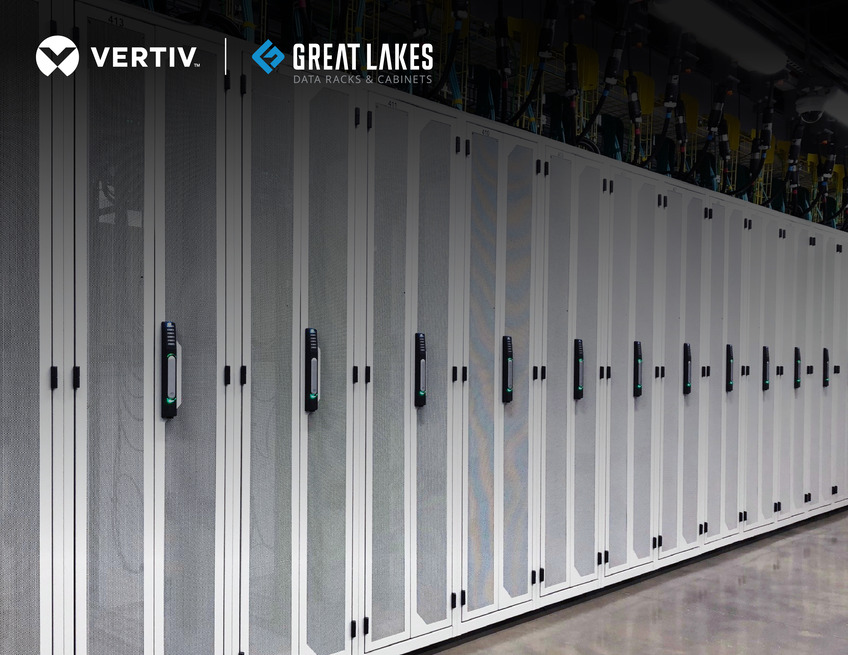Tech Reports
Digitech’s Digital Transformation Odyssey in Egypt with Catalyst

An Oracle NetSuite Go-Live success story
In the vibrant city of Cairo, Digitech, a subsidiary of the renowned Noventiq Group, embarked on a transformative journey to revolutionise its operations in Egypt and align with the Noventiq standards of excellence.
Client Background
Before its acquisition by Noventiq, Digitech had relied on a manual, Excel-based approach to managing its business processes. This legacy system hindered efficiency and scalability, making it imperative for Digitech to embrace digital transformation.
Challenges Faced
- Transition from Manual to Automated Processes: Digitech’s primary challenge was to seamlessly migrate from manual, Excel-based processes to a fully automated system.
- Localization and Compliance: Operating in Egypt presented dual challenges of complying with local regulations and adhering to Noventiq’s industry standards.
- Training and Empowerment: With no prior experience in system automation, Digitech’s team required extensive training to equip them with the necessary skills for the transition.
The Solution
Digitech partnered with Catalyst, a leading NetSuite Solution Provider, to design and implement a comprehensive solution that addressed the company’s unique needs. The focus was on achieving localization as per Egyptian regulations while upholding Noventiq industry standards and best practices.
Go-Live Milestone
After months of meticulous planning and implementation, Digitech achieved a successful Go-Live, marking a pivotal moment in their digital transformation journey. This milestone signified Digitech’s embrace of automation and a transformative shift in its business operations.
Benefits Realised
- Seamless End-to-End Automation: Digitech achieved seamless end-to-end automation across its operations, eliminating manual bottlenecks and enhancing overall efficiency.
- Streamlined Billing and Compliance: Integration with e-Invoicing streamlined Digitech’s billing processes, ensuring compliance with Egyptian tax authorities, and reducing the risk of errors.
- Scalable and Replicable Solution: With subsidiaries in multiple countries, Digitech now has a scalable and replicable success story that can be applied to future expansions into other regions.
Results Achieved
Digitech’s digital transformation journey yielded transformative results:
- Enhanced Operational Efficiency: Automation significantly boosted operational efficiency, enabling Digitech to focus on innovation and client satisfaction.
- Secure and Stable Operational Environment: Localization efforts ensured compliance with Egyptian regulations, providing a secure and stable operational foundation.
- Replicable Success in Multiple Markets: The success in Egypt lays the groundwork for Digitech to replicate the achievements across its global subsidiaries.
Future Outlook
Armed with a fully automated system and a future-ready infrastructure, Digitech is poised for sustained growth and continued innovation. The success story in Egypt serves as a testament to Digitech’s commitment to excellence and sets the stage for further advancements in the ever-evolving landscape of digital transformation.
Catalyst: Your Transformation and Protection Partner in a Globalised World
Catalyst, a Silicon Valley-based technology consulting firm with a global presence in over 15 EMEA countries, empowers organizations to thrive in today’s dynamic landscape. We specialize in Business Applications, Business Platforms, Cybersecurity, and Cloud Adoption, guiding our clients through successful transformations and ensuring their digital landscapes remain secure.
Tech Reports
GCC Ranks 2nd Globally as an AI Powerhouse: High Adoption, Strong Leadership, and Bold Transformation

As AI becomes more mainstream, optimism and confidence in the GCC are notably higher than global averages, according to Boston Consulting Group’s (BCG) latest “From Pilots to Progress: AI at Work in the GCC” study. The survey reveals that in 2025, the region ranked 2nd globally in AI adoption, supported by strong leadership and effective digital transformation.
The survey highlights that 58% of GCC respondents expressed optimism (up 9 percentage points from 2024) and 45% reported confidence. These figures surpass global averages, indicating a strong regional embrace of AI.
The study, in collaboration with BCG X, BCG’s tech build and design division, included respondents from Kuwait, Qatar, Saudi Arabia, and the UAE, ranging from executive suite leaders to frontline employees. It highlights the region’s rapid advancement in AI adoption, in line with national strategies aimed at digital transformation and economic diversification.

Dr. Lars Littig, Managing Director and Partner at BCG, said:
“The GCC is emerging as a global leader in AI deployment, with high frontline adoption and leadership support nearly twice the global average. For companies and public sector entities alike, this signals a clear mandate: strategic investment in AI, paired with strong leadership and training, offers a blueprint for enterprise-wide transformation.”
The GCC showed a strong adoption in regular AI usage, with 78% of frontline employees using GenAI frequently, 27 percentage points above the global average. Among managers and leaders, usage is even higher, reaching 90% and 92% respectively, compared to global averages of 78% and 88%. This widespread adoption reflects a strong regional commitment to integrating AI into daily workflows.
About 45% of respondents in the GCC found their AI training satisfactory (versus 36% globally), and 54% of frontline employees received clear guidance from leadership (compared to 25% globally). However, this also correlates with a higher risk of “shadow AI” use, with 63% expressing they would use AI tools even if not authorized by the company, compared to 54% globally.
AI is also delivering tangible productivity benefits. Over half (53%) of the report’s respondents save more than an hour daily through AI, with time reallocated to a variety of tasks. These include performing more tasks (58%), working on strategic initiatives (38%), finishing work earlier and with better quality (58%), and pursuing professional development (38%). Others use the time to experiment with GenAI (43%), connect with coworkers (43%), or engage in non-work activities (33%). However, only half receive guidance on how to best use this saved time, which may limit the full impact.
The real transformation lies ahead with two critical developments: agentic AI systems that can operate autonomously to complete complex workflows and make decisions, and the emerging opportunity to invent entirely new business solutions with AI that go beyond efficiency gains to create novel value propositions and revenue models.

“AI is undoubtedly already a powerful driver of performance, which will only get more embedded in organizations, enhancing workflows and how teams operate and collaborate. Indeed, in the GCC, over half of employees are saving more than an hour daily and re-investing that time into strategic initiatives, innovation, and employee well-being. For business leaders, this makes a powerful case for scaling AI not just for efficiency, but for unlocking sustainable growth and talent potential,” added Rami Mourtada, Partner and Director at BCG.
As the GCC continues to lead in GenAI adoption and confidence, the BCG study underscores how strong leadership, effective training, and high awareness are driving productivity and innovation, while also flagging risks like unauthorized AI use. It offers valuable insights for policymakers and business leaders to shape responsible, future-ready AI strategies by benchmarking against global data.
Tech News
Vertiv Great Lakes acquisition strengthens AI-ready racks

Vertiv completed its purchase of Great Lakes Data Racks & Cabinets. The Vertiv Great Lakes acquisition—about $200 million—adds capacity in racks, cabinets, and integrated white-space solutions for high-density builds. Consequently, operators gain faster paths from design to deployment. In short, the deal targets speed where it matters most.
Why the Vertiv Great Lakes acquisition matters now
AI workloads raise power density and compress timelines. Therefore, pre-engineered rack systems carry outsized value. They bundle power, cooling, airflow, and cable management in one lineup. As a result, teams cut design friction and avoid on-site improvisation. Moreover, configure-at-speed programs help standardize projects. That consistency protects budgets and schedules.
What Great Lakes brings to the portfolio
Great Lakes began in 1985 in Edinboro, Pennsylvania, and builds both standard and custom racks. The company also delivers integrated and seismic cabinets. Additionally, it offers enhanced cable access and management options. Hence, operators can fit retrofit and greenfield sites without losing airflow discipline. Local seismic rules are easier to meet as well. In practice, that flexibility reduces late changes and rework.
From factory integration to field speed
Vertiv plans to lean on factory work to shorten installs. Specifically, teams mount PDUs, cable bars, airflow panels, and accessories in advance. Next, lineups ship as pre-engineered bundles. Consequently, sites spend less time assembling parts. Commissioning becomes simpler and more predictable. Furthermore, pre-wired cabinets cut risk during the crunch. Technicians follow clear, repeatable steps; therefore, quality improves while timelines tighten.
Racks tuned for high density—and reality
High-density white space needs more than steel frames. It demands clean cable pathways and predictable airflow, plus space for power distribution that doesn’t block exhaust. Here, Great Lakes complements Vertiv’s power and thermal stack. Together, the portfolios support hot/cold-aisle discipline, containment strategies, and liquid-ready planning. As a result, AI rows remain maintainable at scale, and day-2 operations benefit as much as day-1 builds.
The strategy behind the deal
Vertiv signaled disciplined economics and synergy from cross-selling and shared engineering. In practical terms, customers should see tighter rack-plus-power/cooling bundles. They should also see clearer roadmaps for high-density and edge sites. Importantly, the model favors speed: faster catalog choices lead to faster orders, which translate into earlier capacity. Ultimately, project certainty improves.
What customers should watch for
First, expect broader catalog options for integrated cabinets. Next, look for pre-configured lineups aligned to common AI and HPC footprints. Additionally, watch for simpler factory-acceptance testing before shipment. That step catches issues early and builds confidence in repeatable outcomes. Over time, combined roadmaps will refine cabinet access, cable fingers, and airflow parts. Liquid-cooling retrofits should also get easier. Meanwhile, Vertiv’s global service network supports deployment and ongoing care, so multi-region rollouts stay coordinated.
Use cases across core, colo, and edge
Core sites want density and uniformity. Colocation halls prioritize speed and predictable change control. Edge locations need compact, resilient options. The Vertiv Great Lakes acquisition aims to serve all three. Pre-engineered cabinets let operators scale lineups without redesign. Seismic choices ensure regional-code compliance. Meanwhile, cleaner cable access reduces human error. Therefore, uptime improves while labor strain drops.
What it means for project teams
Designers gain clearer building blocks. Project managers lock down tighter schedules. Installers follow repeatable steps and face fewer surprises on site. Moreover, finance leaders see steadier budgets. Because parts arrive integrated, last-minute extras rarely appear. And since documentation matches the bundle, audits move faster. In turn, stakeholders align around a single, proven pattern.
Bottom line
The Vertiv Great Lakes acquisition focuses on deployment velocity. Pre-engineered racks and integrated cabinets remove friction; factory integration removes guesswork. Consequently, AI and high-density projects ramp sooner and run cleaner. With white-space complexity rising, that combination proves decisive—turning design intent into installed reality on time and at scale.
Check out our previous post Wio Xero integration simplifies UAE SME accounting
Tech News
Huawei Pura 80 Ultra review by DXOMARK

Dubai, UAE – The Pura 80 Ultra achieves a new benchmark with a total DXOMARK rating of 175. As a result, Huawei now leads global rankings for photo, video, and telephoto performance. Therefore, creators and professionals gain a pocket tool that rivals pro gear.
Huawei Pura 80 Ultra review by DXOMARK Record 175
The phone posts a 180 Photo Score and a 166 Video Score. In addition, its telephoto system ranks first. Consequently, users can rely on detailed images in challenging lighting conditions and stable footage while on the move. Moreover, the device keeps the color natural while preserving the texture and shadow.
Huawei Pura 80 Ultra Camera Capabilities
At the core, a 1‑inch Ultra Lighting HDR sensor captures clean detail in bright sun and dim rooms. Furthermore, a variable aperture balances portraits and group shots without fiddly settings. Most importantly, a Switchable Dual Telephoto (3.7x and 9.4x) maintains sharpness at distance. For example, city skylines and stage shots hold crisp edges with minimal noise. Meanwhile, close‑ups keep fine textures that usually blur on phones.
Video and Design, With AI
For video, advanced stabilisation and HDR mapping reduce shake and blown highlights. Therefore, creators can film concerts, travel clips, or interviews with confidence, knowing every frame stays smooth and balanced. In addition, upgraded low-light video modes preserve rich color and texture even under city lights or dim indoor settings. Moreover, the audio system captures clear sound with minimal distortion, ensuring voices and ambient tones remain natural.
Meanwhile, durability and design continue to set the device apart. Kunlun Glass improves drop resistance by up to 25x, giving users extra peace of mind in daily use. Furthermore, the sleek Prestige Gold and Prestige Black finishes combine elegance with practicality, making the phone both stylish and robust. Beyond hardware, AI Smart Controls simplify everyday tasks. For example, users can switch apps with gestures, share files instantly across devices, or present slides with a single tap. As a result, the device feels less like a phone and more like a creative hub designed for modern professionals.
Why It Matters for Creators
In practice, the phone shortens the gap between capture and delivery. For example, social teams can shoot, edit, and publish on the same device. Consequently, field reporters and influencers move faster with fewer accessories. In short, the Pura 80 Ultra DXOMARK result confirms a new standard for mobile imaging.
Read our previous post on Back-to-School Car Rentals SelfDrive Mobility Launches
-

 Tech News1 year ago
Tech News1 year agoDenodo Bolsters Executive Team by Hiring Christophe Culine as its Chief Revenue Officer
-

 VAR7 months ago
VAR7 months agoMicrosoft Launches New Surface Copilot+ PCs for Business
-

 Tech Interviews2 years ago
Tech Interviews2 years agoNavigating the Cybersecurity Landscape in Hybrid Work Environments
-

 Tech News4 months ago
Tech News4 months agoNothing Launches flagship Nothing Phone (3) and Headphone (1) in theme with the Iconic Museum of the Future in Dubai
-

 Tech News2 years ago
Tech News2 years agoBrighton College Abu Dhabi and Brighton College Al Ain Donate 954 IT Devices in Support of ‘Donate Your Own Device’ Campaign
-

 Editorial12 months ago
Editorial12 months agoCelebrating UAE National Day: A Legacy of Leadership and Technological Innovation
-

 VAR1 year ago
VAR1 year agoSamsung Galaxy Z Fold6 vs Google Pixel 9 Pro Fold: Clash Of The Folding Phenoms
-

 Cover Story9 months ago
Cover Story9 months agoUnifonic Leading the Future of AI-Driven Customer Engagement













